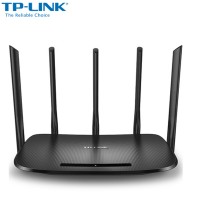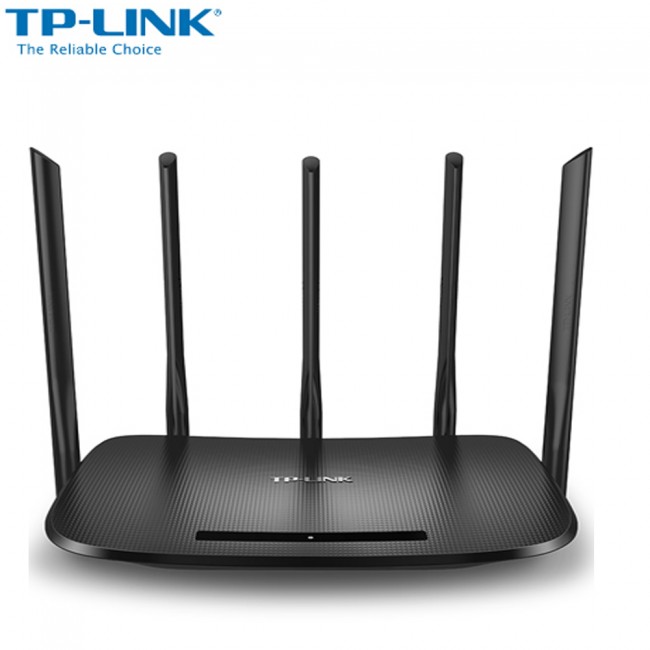About TP-Link
TP-Link is an international company that was established in 1996 to provide all kinds of networking accessories and devices. TP-Link is ranked #1 globally for providing reliable broadband and WLAN devices which are distributed across more than 120 countries worldwide.
What is OpenVPN?
OpenVPN is an advanced open source client/application developed by OpenVPN technologies as a highly secure tunneling protocol to help internet users establish an advanced and optimally encrypted connection through the internet. OpenVPN relies on military-grade 256-bit encryption that has the ability to pass through notorious firewalls and DPI investigations, such as those used by the governments of China and Russia. In addition, OpenVPN is compatible with all major platforms and operating systems, such as: Windows, Mac OS, Android, iOS and Linux. It can be used on a wide rage of devices, like: desktops, laptops, routers, gaming consoles, smartphones, tablets, etc. In this guide, we will help you configure OpenVPN on any TP-Link router.
I) Setting Up OpenVPN on TP-Link Router
Before connecting to OpenVPN from any TP-Link router, you need to first set up OpenVPN on your router. Follow these steps:
1- First, you need to log into your router by visiting tplinkwifi.net. You will be asked to insert your username and password. The default username and password for your router is “admin”.
2- From the navigation bar at the top, click on “Advanced”.
3- From the “Advanced” tab, you will find a panel on the left with several options. Click on “VPN”, and then click on “OpenVPN”.
4- To generate a certificate for your OpenVPN connection, click on “Certificate”. This is a very important step for your OpenVPN configuration to be completed successfully.
5- Check on the box next to “Enable VPN Server”, and then fill in the fields with the information shown in the image below.
As for the “Client Access” field, if you select “Home Network Only”, this means that you will only have access to the shared devices and files on your home network, but you will not be able to access your home internet service. On the other hand, if you select “Internet and Home Nework”, you will have access to your shared devices and files on your home network as well as access to your home internet service.
6- Click on “Export” in order to install the configuration file on your laptop/computer.
II) Connecting to OpenVPN
The following steps will help you connect to OpenVPN from any Android device on your TP-Link router.
1- Go to Google Play Store from your Android device, and then install “OpenVPN Connect” application.
2- After installing OpenVPN Connect, click to open the app.
3- You will find a menu in the form of 3 vertical dots located at the top right corner, click on it.
4- A drop down menu will be displayed, tap on “Import”.
5- Now, choose “Import Profile from SD Card”.
6- Save the file on your “Download” folder on your Android device.
7- Tap on your OpenVPN configuration file.
8- Tap on “Connect”.
9- Once your connection has been successfully set up, a pop-up message will be displayed confirming that.
10- Your home network is now successfully connected to OpenVPN. To make sure that your internet connection is routed through VPN, go to your router’s settings page and check the VPN connections.




4 thoughts on “How to Set Up OpenVPN on TP-Link Router”
if any one gets my certificate then he will be able to access my vpn. is there any method to set up a password that will be required while connecting with certificate as a extra layer of security? and if i am sharing the content through vpn on http so it can be hijacked by hackers? My router is archer c60.
Our website is fucked up…!
this set up answers page is fcuking billshiped mofo phuckers.xd
This shit is so fucked up my cock fell off!!